May 20, 2025
The Future of Communication: Will AI Replace Reading and Writing?
As we stand on the brink of a new era of communication, Victor Riparbelli challenges us to consider a future where reading and writing could become relics of the past. With the rapid advancements in AI technology, the way we convey ideas and share knowledge is evolving, and it may lead us to a world dominated by audio and visual forms of expression.
The Unthinkable Future
Imagine a world where reading and writing are no longer essential skills. It might sound like a dystopian fantasy, but it's a possibility we need to consider seriously. As we embrace AI and its capabilities, the very fabric of communication is transforming. Could we be witnessing the last generations that rely on text as a primary means of exchanging ideas?
In the not-so-distant future, we could find ourselves in a reality where audio and visual communication take precedence. The potential for immersive experiences and interactive storytelling may overshadow traditional text-based formats. It's a future that demands our attention and contemplation.
Text as a Constant in Our Lives
Text has been a constant in our lives, acting as a foundation for communication and knowledge sharing. For thousands of years, it has evolved from complex hieroglyphs and symbols to the alphabets we use today. The advent of the printing press revolutionized how we disseminate information, making it accessible to the masses.
Despite its ubiquity, text is not without flaws. It can be a lossy method of conveying meaning, often stripped of tone, emotion, and context. This limitation has sparked creativity throughout history, pushing humanity towards finding richer and more intuitive means of communication.
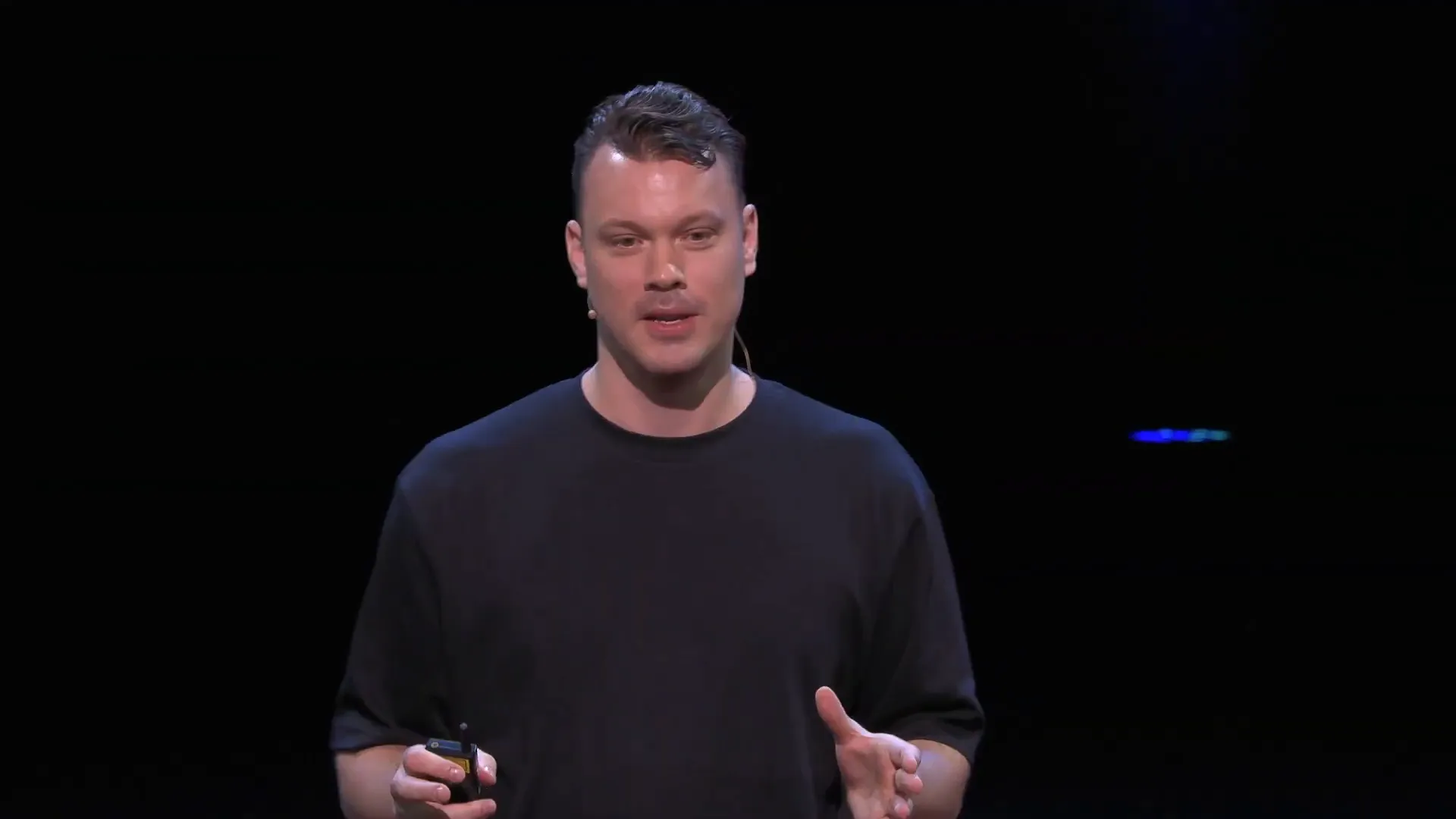
The Dawn of AI-Enabled Communication
We are at the dawn of an era defined by AI-enabled communication. With advancements in technology, AI is set to enhance how we interact with content. Imagine a world where every text message, article, or corporate training material could be transformed into engaging video content, making communication more effective and enjoyable.
AI is not just a tool; it's a game-changer. It offers the potential to create highly photorealistic content, allowing for an unprecedented level of engagement. The barrier to creating compelling, high-quality video content is rapidly diminishing, paving the way for a new wave of creativity driven by everyday users rather than just industry professionals.
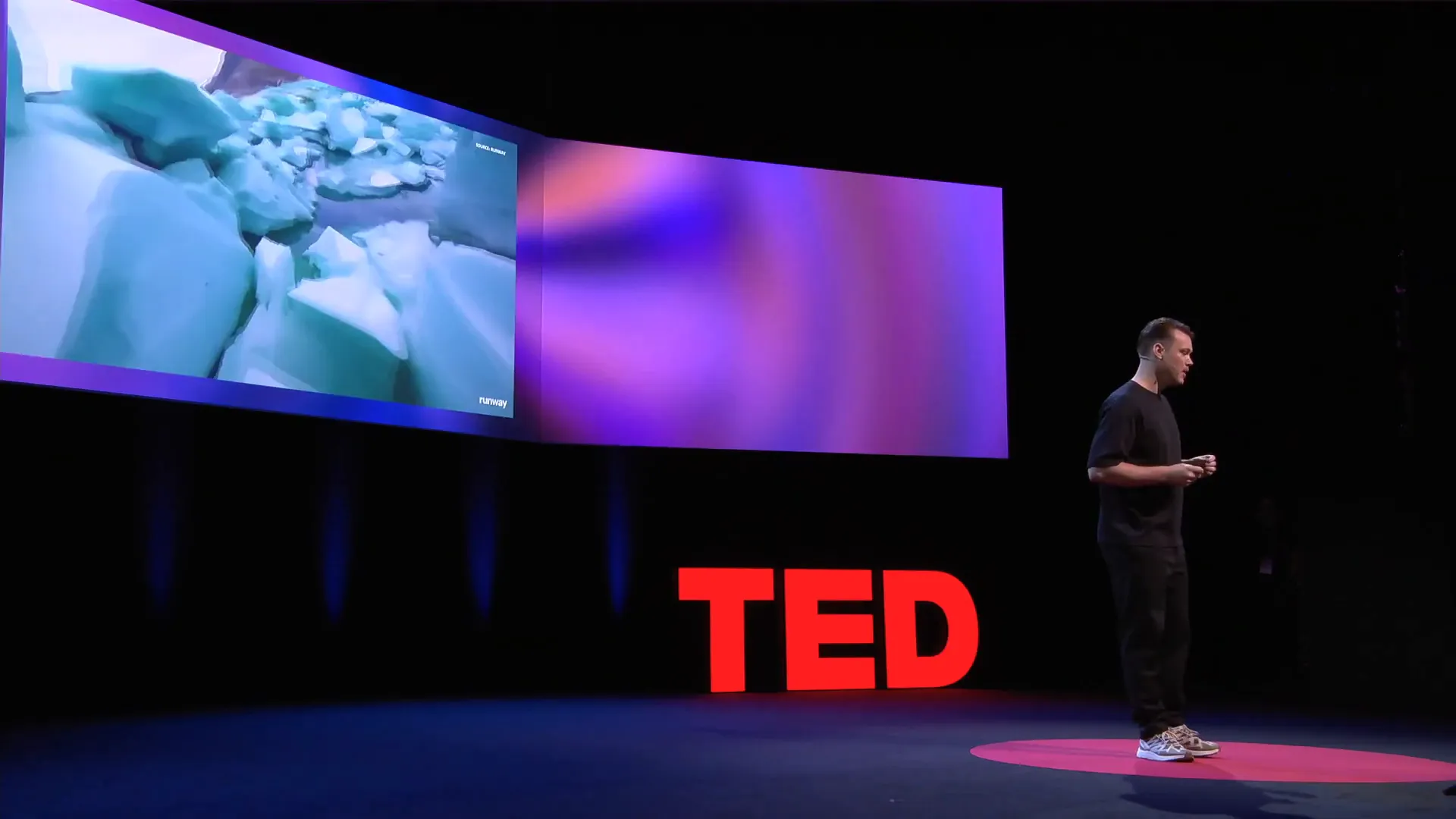
A World Beyond Text
The world is evolving beyond text. With the rise of platforms like TikTok, we see a shift toward video as the preferred medium for communication. This trend reflects a broader desire for content that is not only informative but also engaging and easily digestible.
As we consume more video and audio content, our expectations for information delivery change. The challenge lies in the balance between the depth of content and the format in which it is presented. Will we embrace a future where video becomes the default, or will text maintain its relevance in our lives?
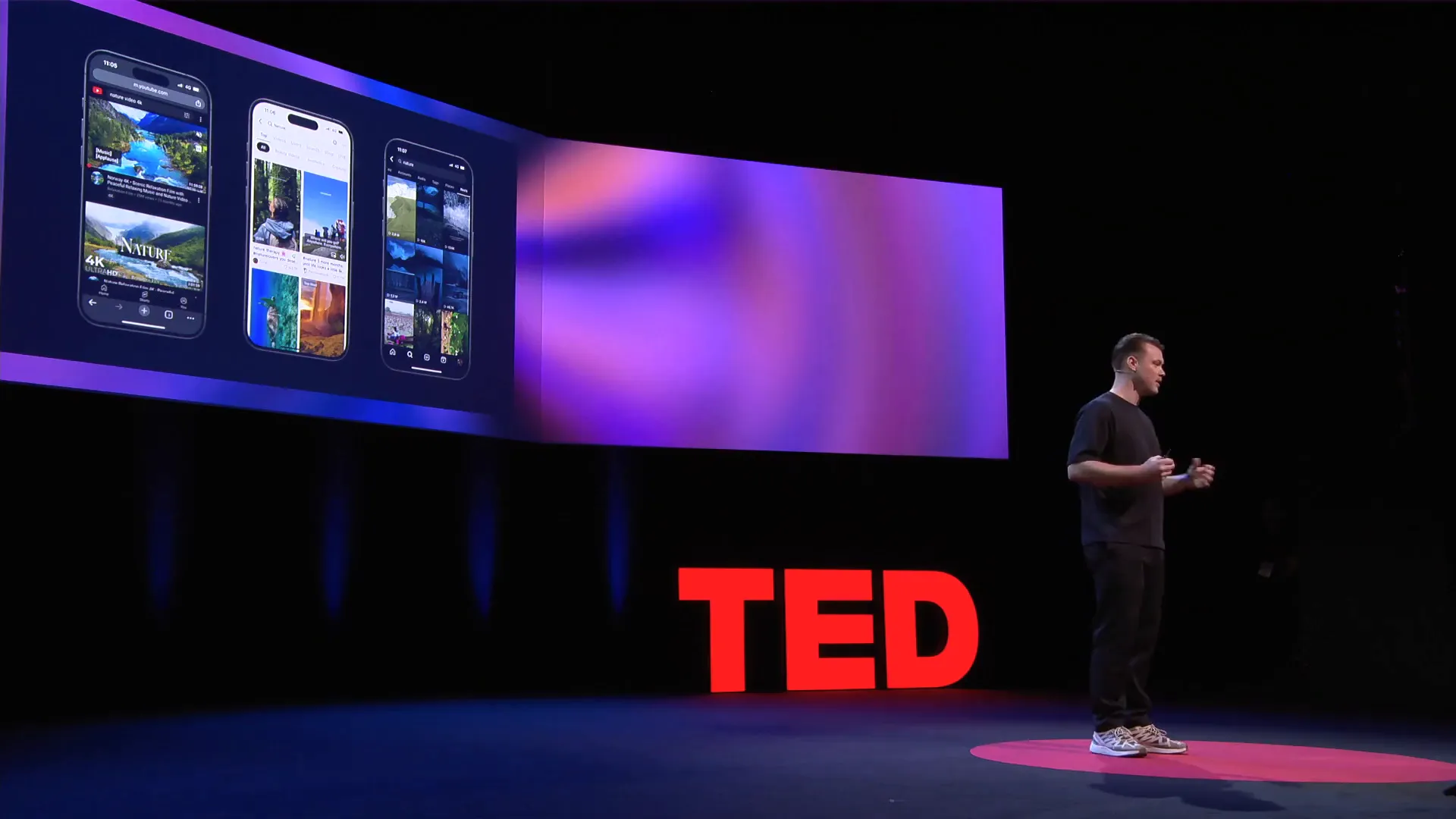
Personal Reflections on Reading
Reading has been a cherished activity for many, including myself. The joy of immersing oneself in a world crafted by words is unparalleled. Yet, as we move towards a more visual and auditory society, we must reflect on our relationship with reading. Are we becoming less inclined to engage with lengthy texts, opting instead for quick video snippets that deliver information in a fraction of the time?
It's a bittersweet realization. While I have fond memories of curling up with a good book, the allure of engaging videos and podcasts often takes precedence. The question remains: can we find a balance between these two worlds?

The Impact of the Internet
The Internet has fundamentally changed how we access and share information. No longer confined to libraries or printed materials, we have a wealth of knowledge at our fingertips. This accessibility has empowered individuals to learn, create, and express themselves in ways that were once unimaginable.
However, this abundance also presents challenges. With so much information available, discerning quality content becomes increasingly difficult. The Internet has given rise to a culture of speed and brevity, where attention spans are tested, and engagement is paramount.
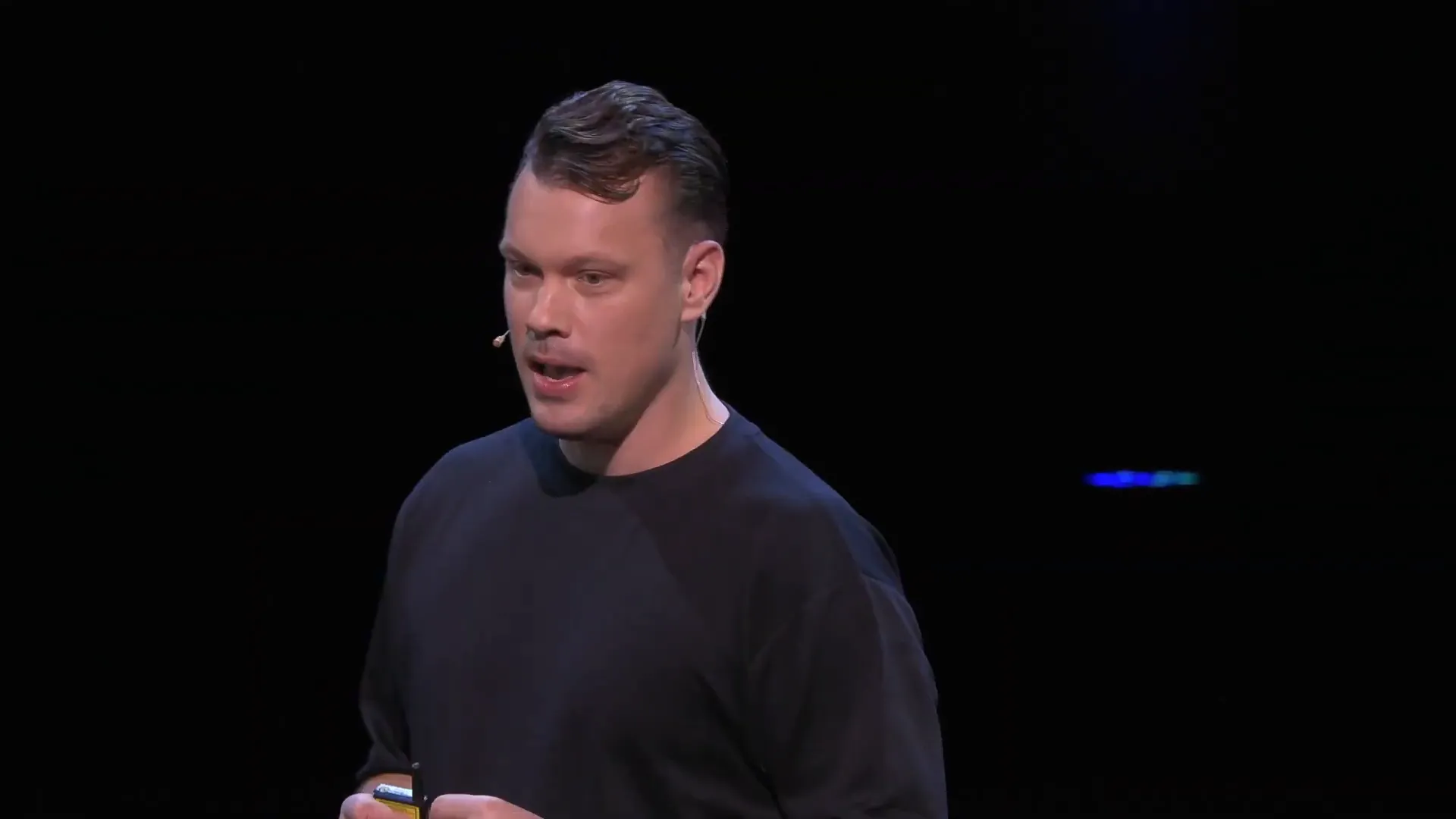
The Evolution of Communication Media
Throughout history, communication media have evolved dramatically. From the spoken word to the written text, and now to audio and video, each advancement has brought us closer to more effective forms of expression. The emergence of AI is the latest chapter in this ongoing story, promising to reshape how we create and consume content.
As we continue to innovate, we must consider the implications of these changes. Will we lose the depth and nuance that text provides? Or will new technologies enhance our ability to communicate in ways we have yet to imagine?
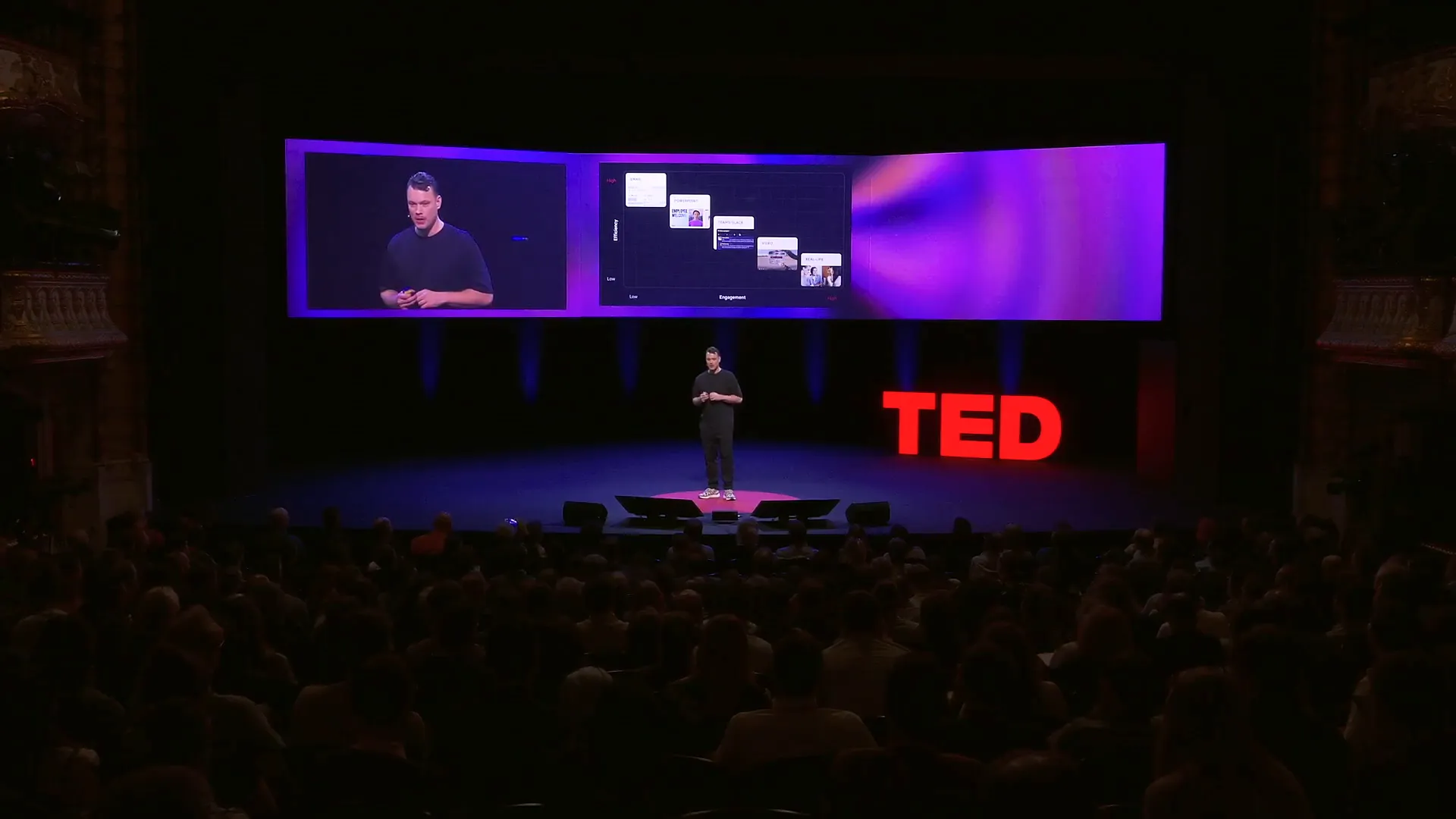
The Magic of Photorealistic Video
Photorealistic video technology is truly magical. It allows creators to bring their visions to life in ways that were once confined to the realm of imagination. With this technology, the barriers to storytelling are lowered, enabling anyone to become a creator.
Imagine producing high-quality videos from the comfort of your home, without the need for expensive equipment or extensive training. This democratization of content creation is changing the landscape of media, allowing diverse voices to be heard and stories to be told.
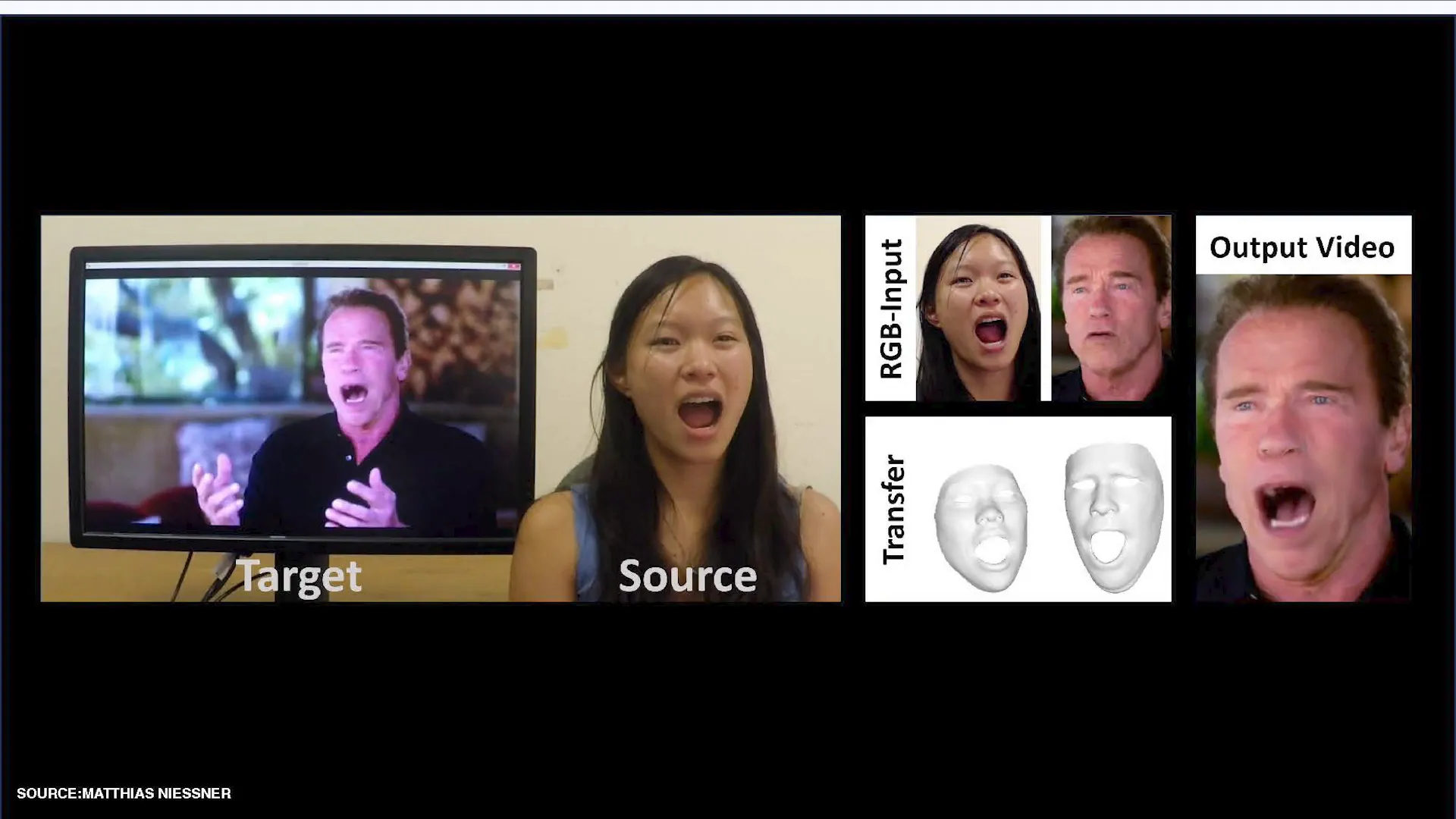
The Vision Behind Synthesia
At Synthesia, we envision a world where everyone can be a filmmaker. Our mission is to empower individuals to create video content effortlessly, leveraging AI technology to simplify the process. By combining creativity with technology, we aim to redefine how stories are told and experienced.
This vision goes beyond just creating videos; it’s about fostering a new culture of content creation where anyone can share their message with the world. The future is bright, and we are excited to be at the forefront of this transformation.
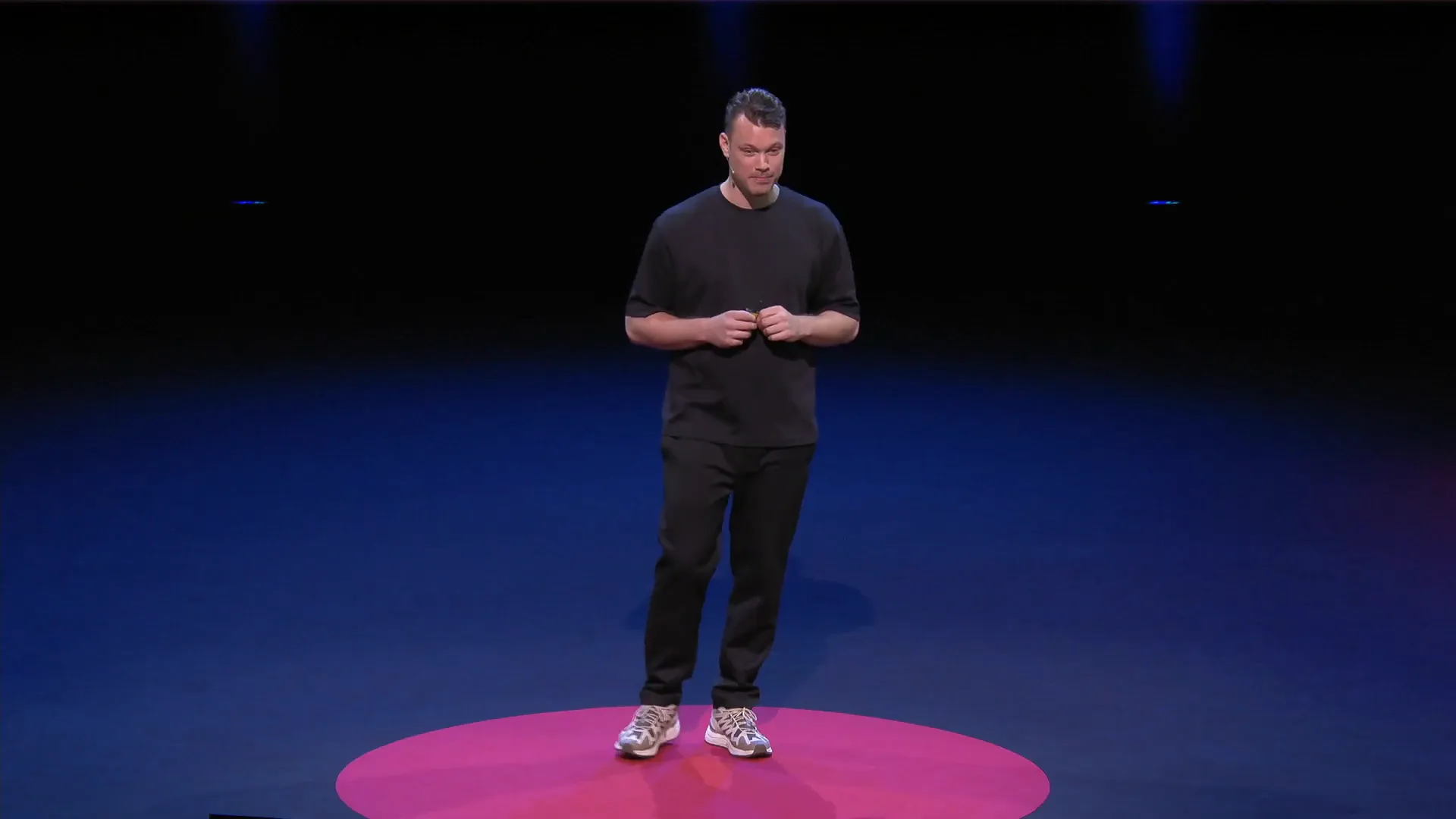
Transforming All Content into Video
The potential to transform all content into video is not just a dream—it's becoming a reality. With AI, we can create engaging videos from text, making information more accessible and enjoyable to consume. This shift will have profound implications for education, marketing, and entertainment.
As we embrace this new era, the challenge lies in maintaining quality while leveraging speed and efficiency. The future of content creation is here, and it's up to us to harness its power responsibly.
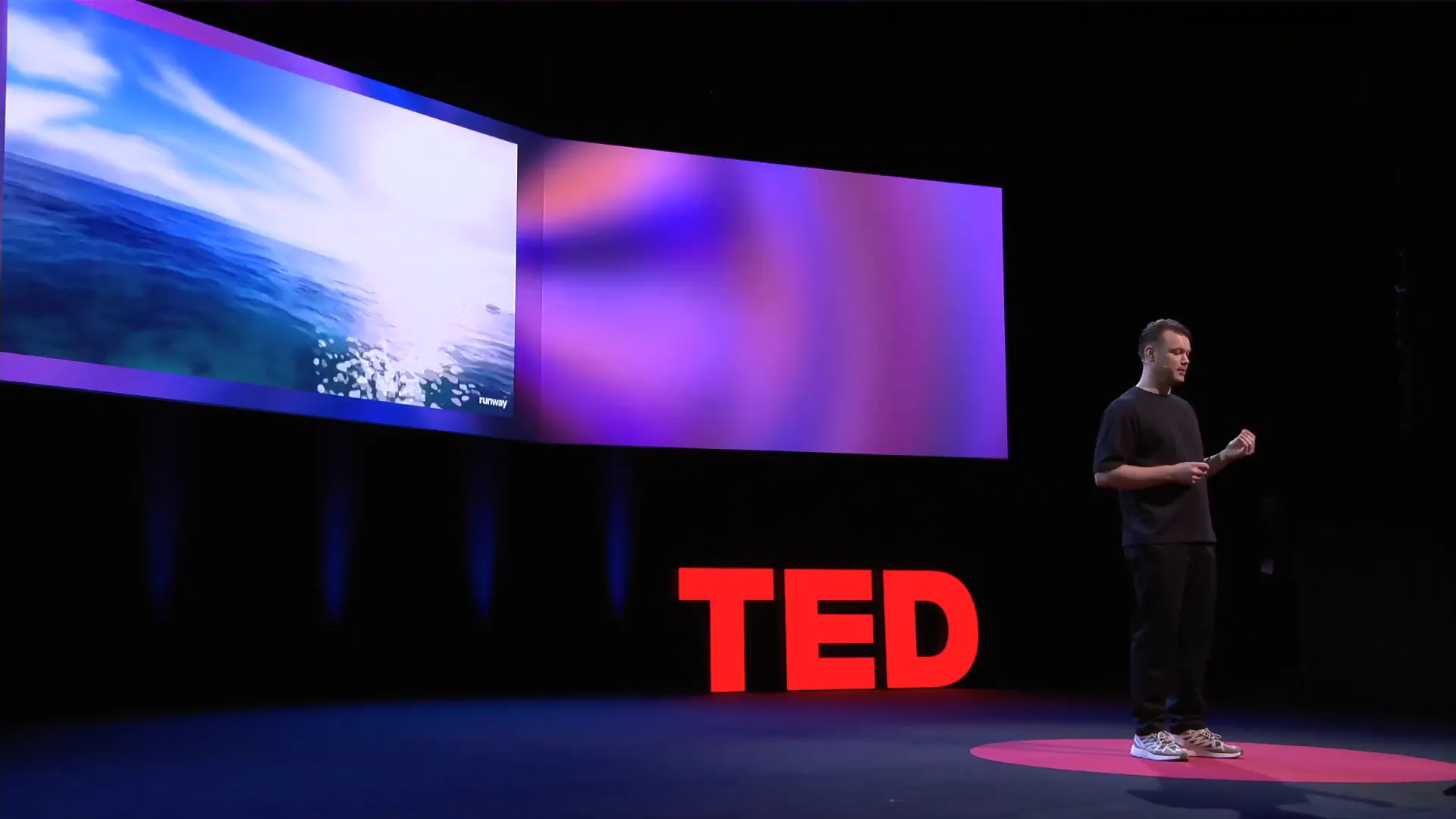
The Original Compression Technology
Text has served as the original compression technology for human communication. It allows us to encode our thoughts and knowledge into symbols, conveying meaning across both time and space. Thousands of years ago, the concept of text did not exist. The only method available for sharing information was oral communication, which limited the scope and reliability of knowledge transmission.
The invention of the first alphabet around 1500 BCE marked a pivotal moment in history. It simplified complex writing systems into a manageable set of characters, laying the groundwork for the modern society we know today. Fast forward to 1440, when Gutenberg developed the printing press. This innovation enabled mass production of written content, democratizing knowledge and paving the way for widespread literacy.
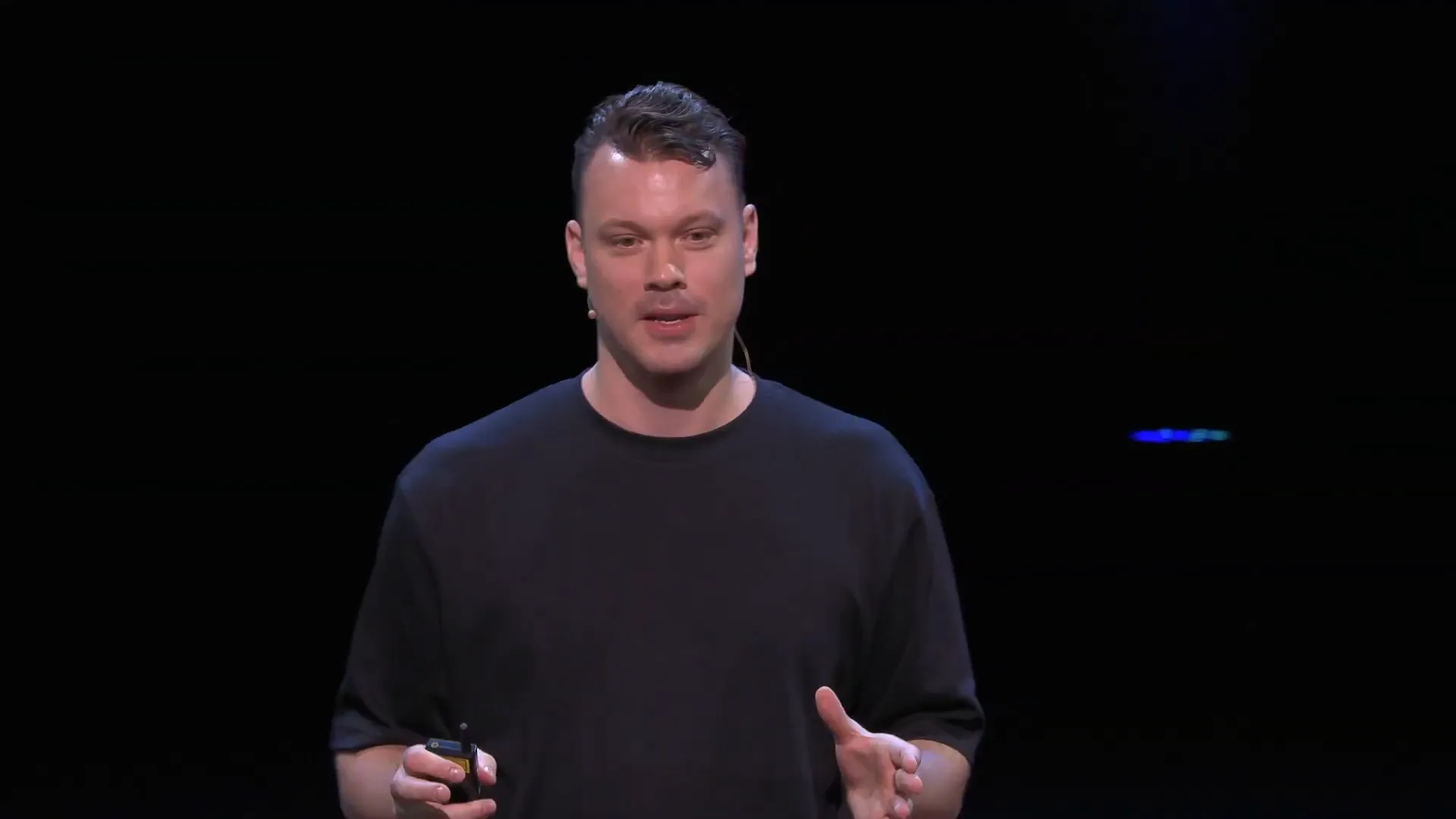
The History and Evolution of Text
Text has undergone a remarkable evolution throughout history. From the earliest pictographs to modern alphabets, its journey reflects humanity's quest for efficient communication. Initially, written language was a tool for record-keeping and administration, primarily used by elites in society. However, as literacy spread, text became a medium for storytelling, knowledge sharing, and cultural expression.
The mid-20th century marked a significant shift, as reading transformed into a common activity. With the rise of mass media, books, newspapers, and magazines became essential components of daily life. Yet, while text remains a powerful medium, it has limitations that necessitate ongoing innovation in communication methods.
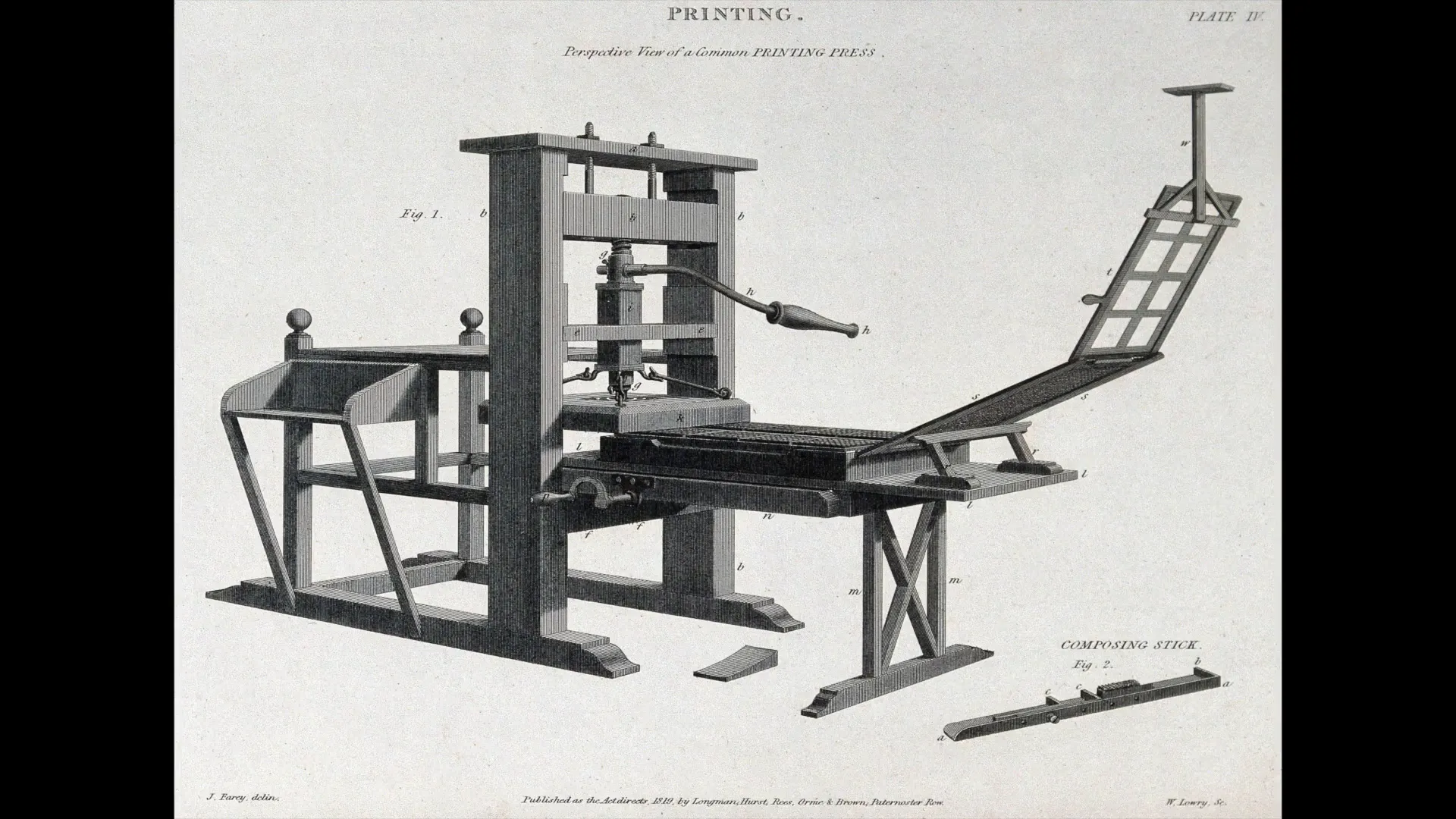
The Imperfections of Text
Despite its efficiency and scalability, text is an imperfect technology. It lacks the nuance of face-to-face interactions, which include tone of voice, body language, and context. These elements are crucial for conveying emotion and intent, making text a lossy method of communication. Misinterpretations can easily arise, leading to confusion and misunderstandings.
While emojis were introduced to enhance text communication, they too have their shortcomings. The meaning of an emoji can vary widely depending on the context and the reader's interpretation. This highlights the inherent limitations of relying solely on text for meaningful communication.
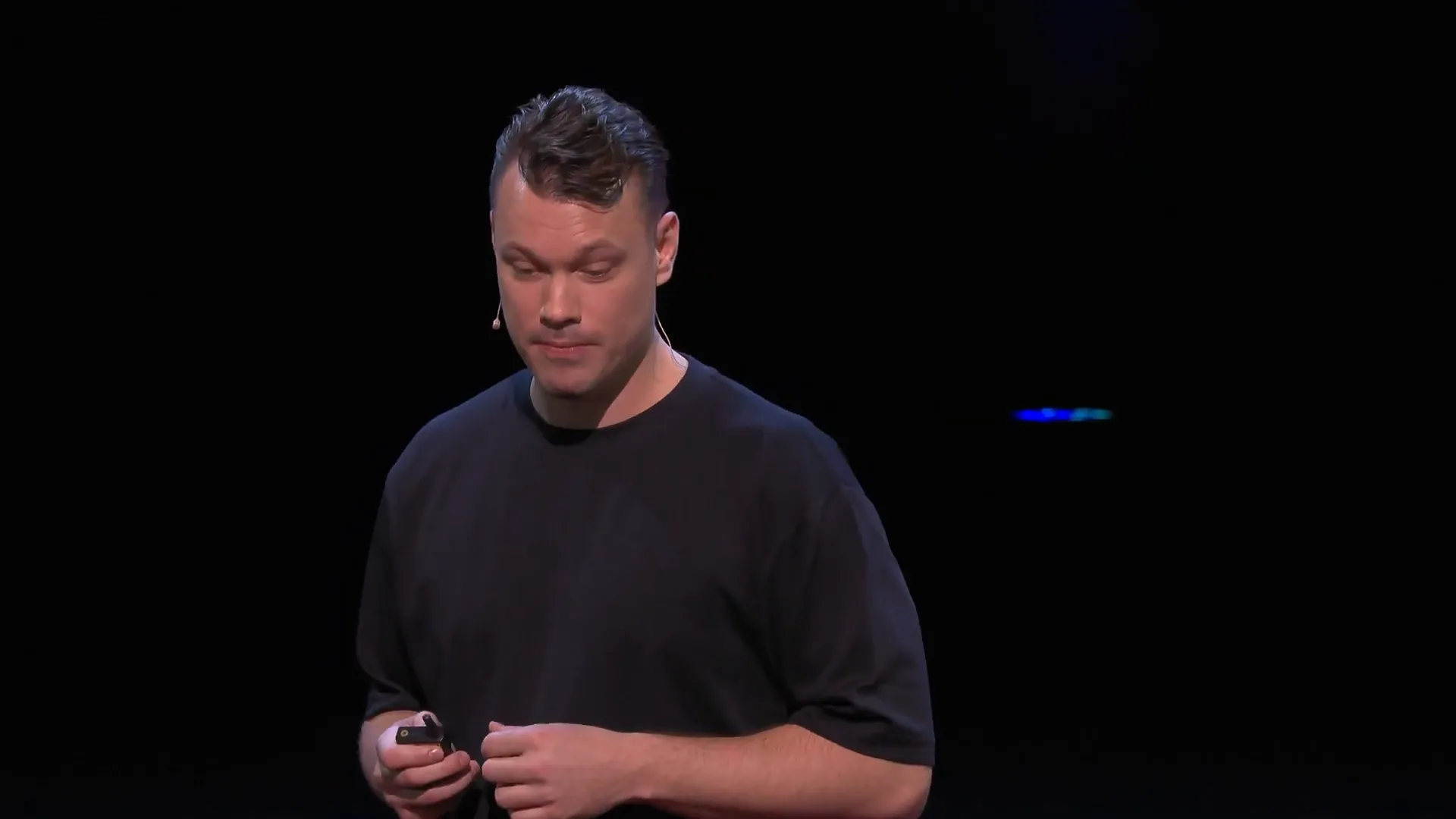
The Limitations of Emojis and Visual Communication
Visual communication, while more intuitive than text, is not without its challenges. For instance, an image can be processed in seconds, but conveying the same information through text may take significantly longer and require cognitive effort to visualize. This difference underscores the need for richer communication methods that can convey complex ideas quickly and effectively.
Moreover, as we add a time dimension to communication, such as in video, the complexity increases. The narrative can become more engaging, but it also requires a more sophisticated understanding from the audience. This evolution in communication formats suggests a clear trajectory toward richer, more immersive experiences.

The Shift Towards Richer Communication
As we move forward, there's a clear shift toward richer forms of communication. Innovations like radio, television, and the Internet have already transformed how we share and consume content. Today, video and audio formats are increasingly preferred over traditional text. This trend reflects a growing desire for more engaging and easily digestible information.
Platforms like TikTok have emerged as the fastest-growing social networks and search engines, highlighting a cultural preference for video content. As we consume more video, our appetite for text diminishes, leading to a fundamental shift in how we learn and communicate.
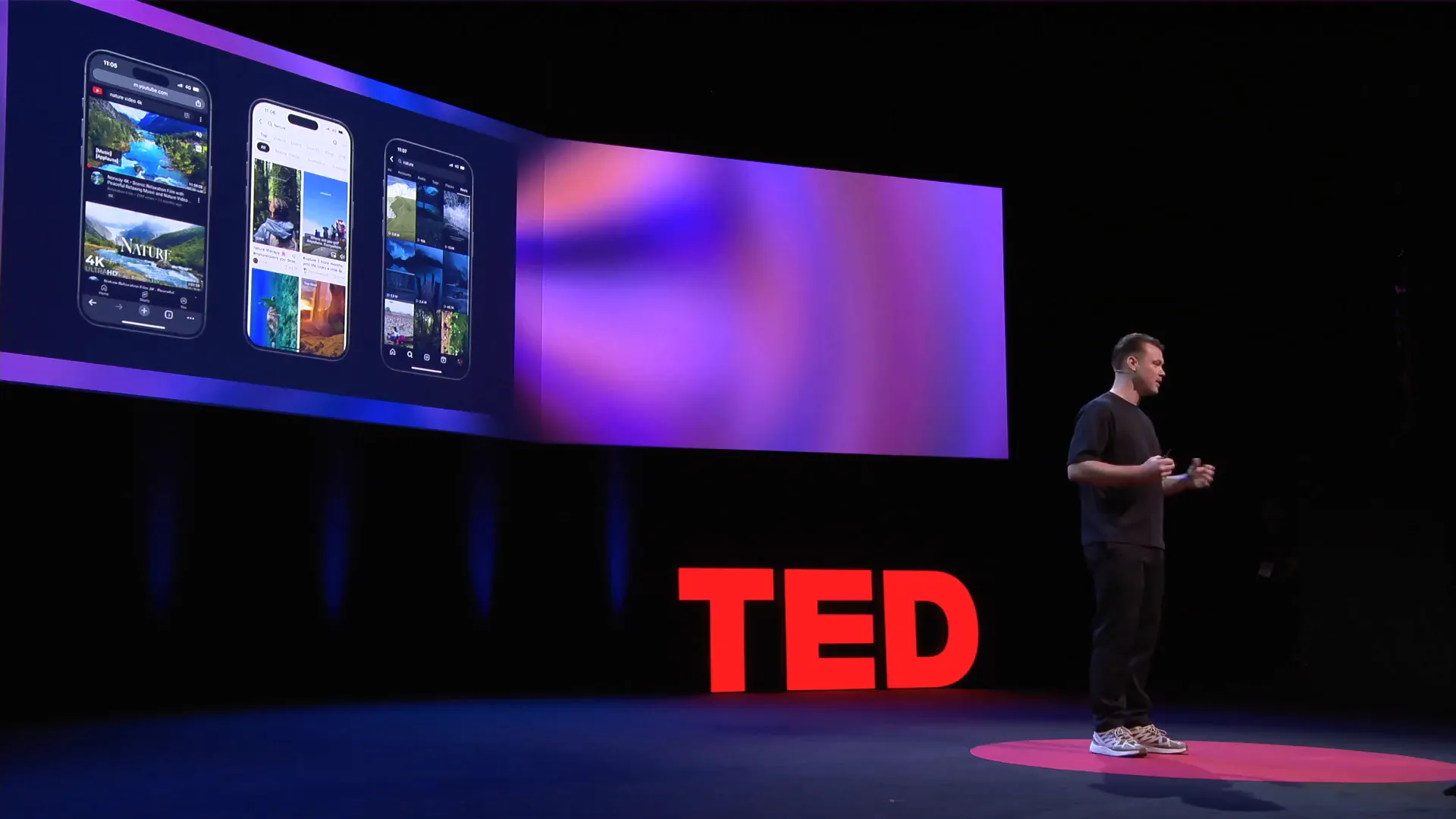
Consumption Trends: A Preference for Video
Consumption trends indicate a marked preference for video over text-based content. This shift is not merely a fad; it represents a fundamental change in how people process information. Many individuals now turn to platforms like YouTube and TikTok to learn new skills or stay informed. The concise nature of video content caters to shorter attention spans, making it an attractive alternative to lengthy texts.
As society becomes more accustomed to visual and auditory learning, we may find that traditional reading becomes less relevant. The challenge for content creators is to adapt to this new landscape while maintaining the depth and quality of information presented.
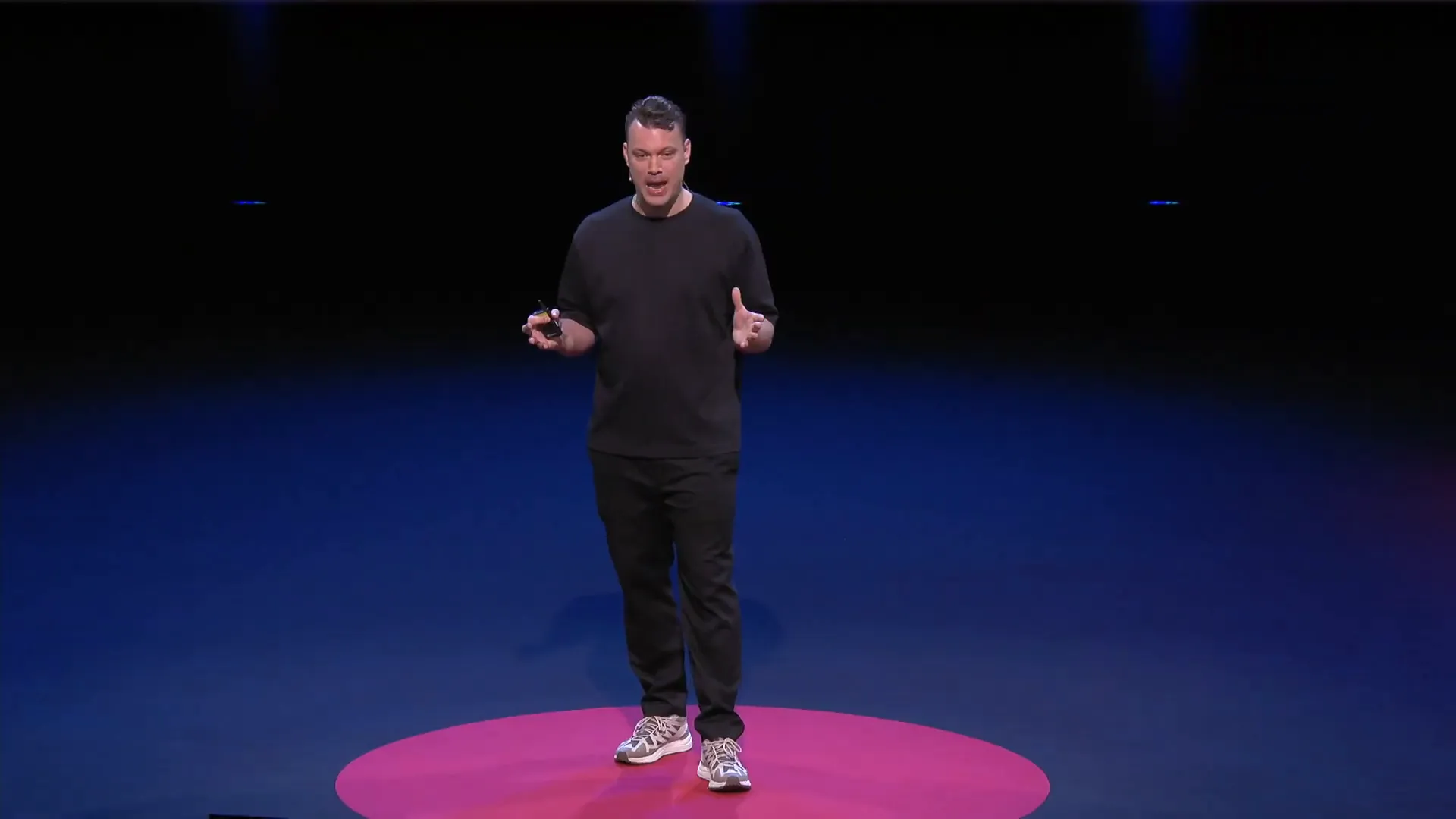
Generational Changes in Learning and Consumption
Generational changes are shaping the way we learn and consume content. Younger generations, having grown up in a digital world, are more comfortable with video and audio formats than with traditional text. This shift raises questions about the effectiveness of different learning methods. Are younger generations able to absorb information more quickly due to their familiarity with technology?
While some may argue that this trend contributes to shorter attention spans, it may also reflect a shift in how we value information. The current generation has access to an abundance of content, leading to a preference for quality and conciseness over volume.
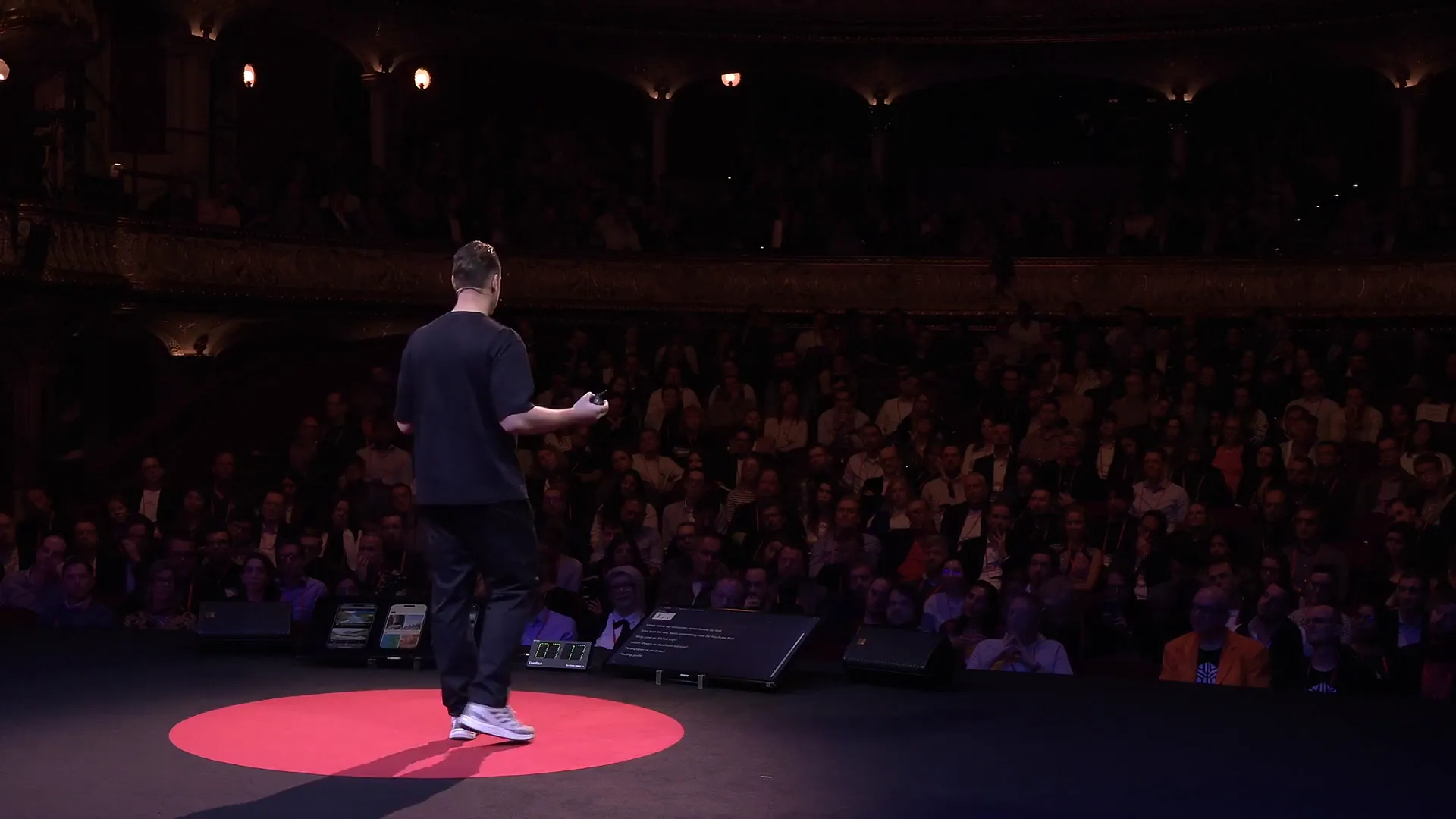
The Cost of Content Creation
Despite the advantages of video and audio, the cost of content creation has historically been a barrier. Producing high-quality video content requires significant time and resources, which often limits its accessibility. This economic incentive means that only ideas deemed important enough are transformed into engaging formats.
The disparity between the content produced for entertainment versus educational purposes is evident. While blockbuster films receive substantial investment, informative content often remains in text form, limiting its reach and impact. However, this landscape is on the verge of transformation, thanks to advancements in AI technology.
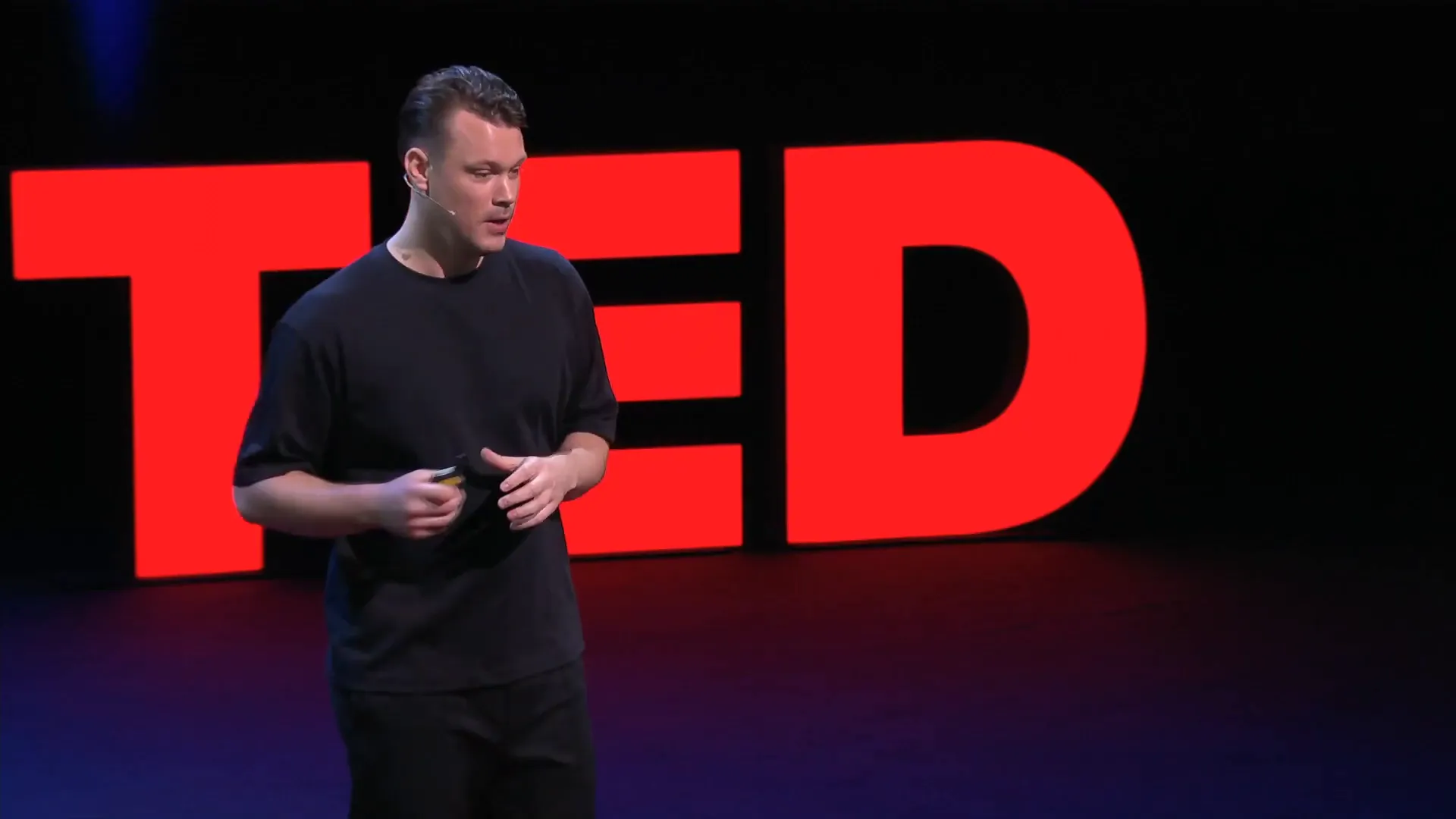
AI's Role in Revolutionizing Content Creation
AI is poised to revolutionize content creation, bridging the gap between speed, scale, accuracy, and engagement. With AI, we can produce highly photorealistic video content at a fraction of the traditional cost and time. This democratization of content creation empowers individuals to tell their stories without the constraints of traditional media production.
As AI continues to evolve, we can expect a surge in creativity and innovation. Content that was once too costly or time-consuming to produce will become accessible to everyone, fostering a new era of storytelling driven by diverse voices and perspectives.
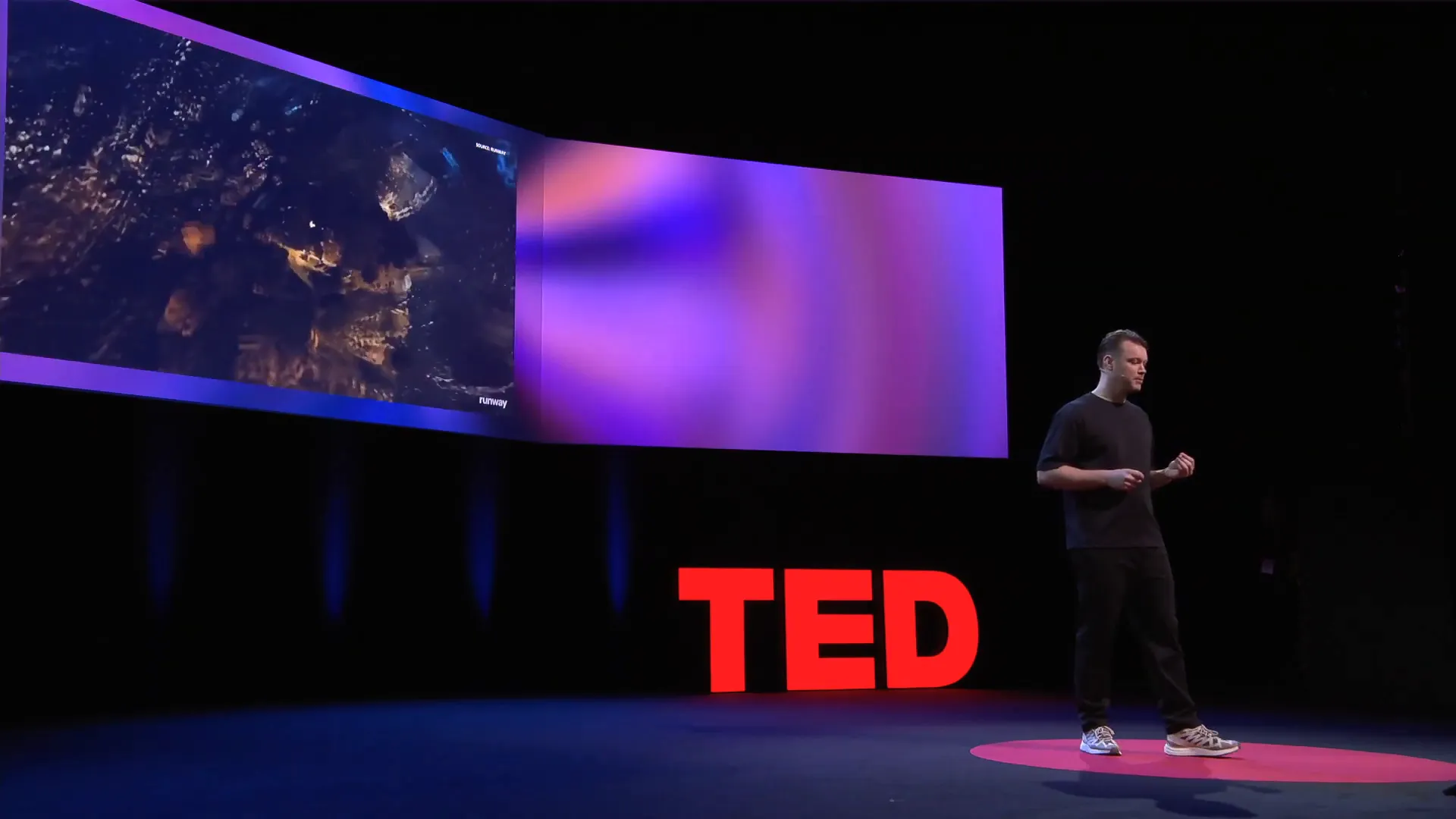
The Rise of AI Avatars
The emergence of AI avatars represents a significant leap in how we interact with digital content. These digital humans can engage with audiences in a manner that closely resembles real-life interactions. From teaching to customer service, AI avatars are already making their mark across various sectors.
The potential applications are vast. Imagine AI avatars providing personalized education or health guidance tailored to individual needs. This not only enhances engagement but also makes information more accessible to diverse audiences.
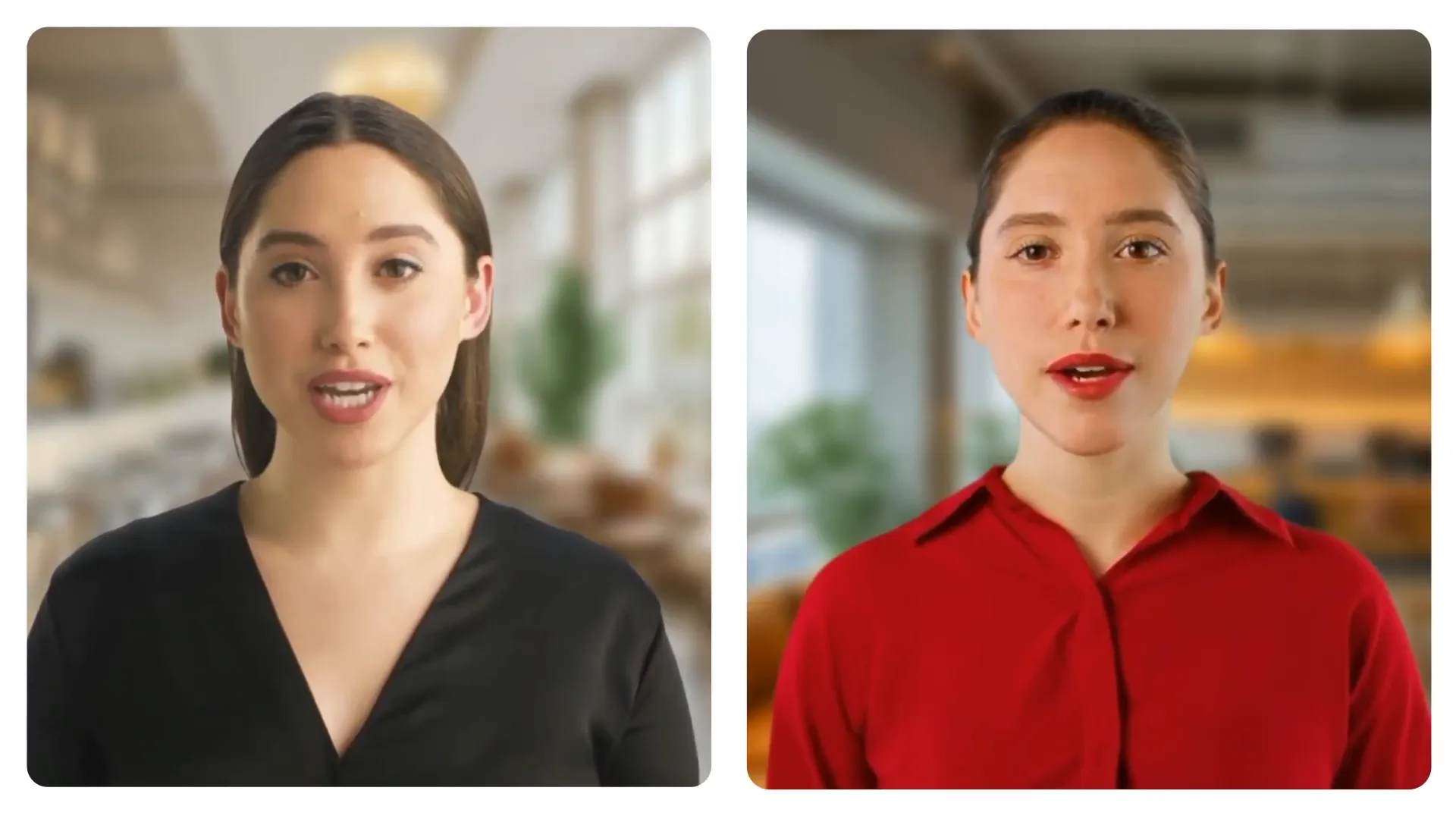
The Democratization of Content Creation
The advent of AI technologies has ushered in a new era where content creation is no longer the exclusive domain of professionals. Today, anyone with an internet connection can become a creator. This democratization is transforming how we share stories, ideas, and knowledge.
Platforms like GFunnel play a pivotal role in this shift by providing tools and resources that empower individuals to create high-quality video content effortlessly. With AI, the barriers that once limited creativity are rapidly dissolving. It’s not just about making videos; it’s about enabling every person to express themselves and share their unique perspectives with the world.
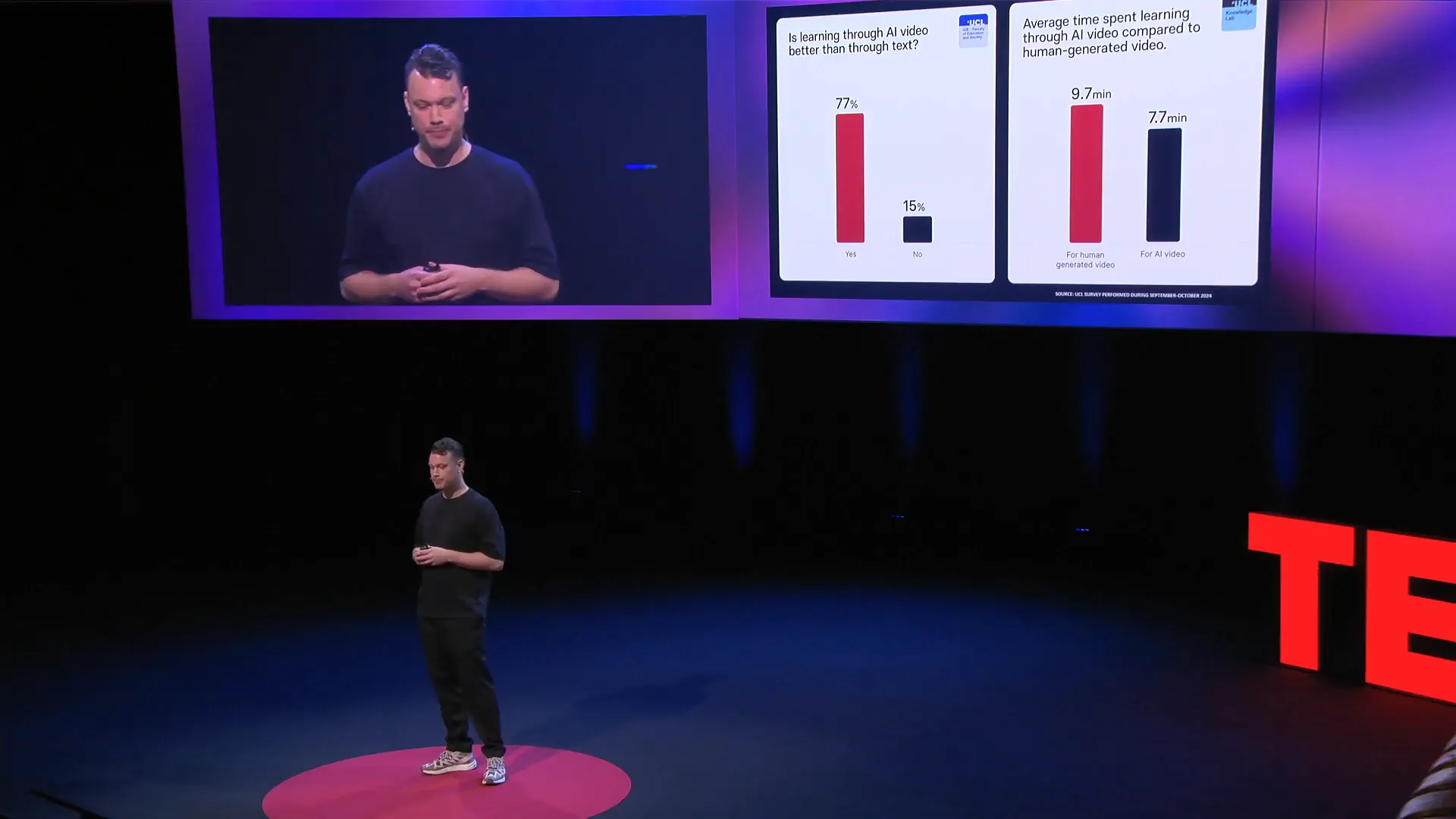
Learning Preferences: Video vs. Text
As we explore the impact of AI on content creation, it's essential to consider how learning preferences are evolving. Recent studies indicate a significant shift towards video as the preferred medium for learning. Approximately 77% of participants in a recent study expressed a preference for learning through video over text.
This trend reflects a broader cultural shift where quick, engaging content is favored over lengthy written materials. In a world where attention spans are dwindling, video provides a dynamic way to convey information, allowing for a more immersive and interactive learning experience.
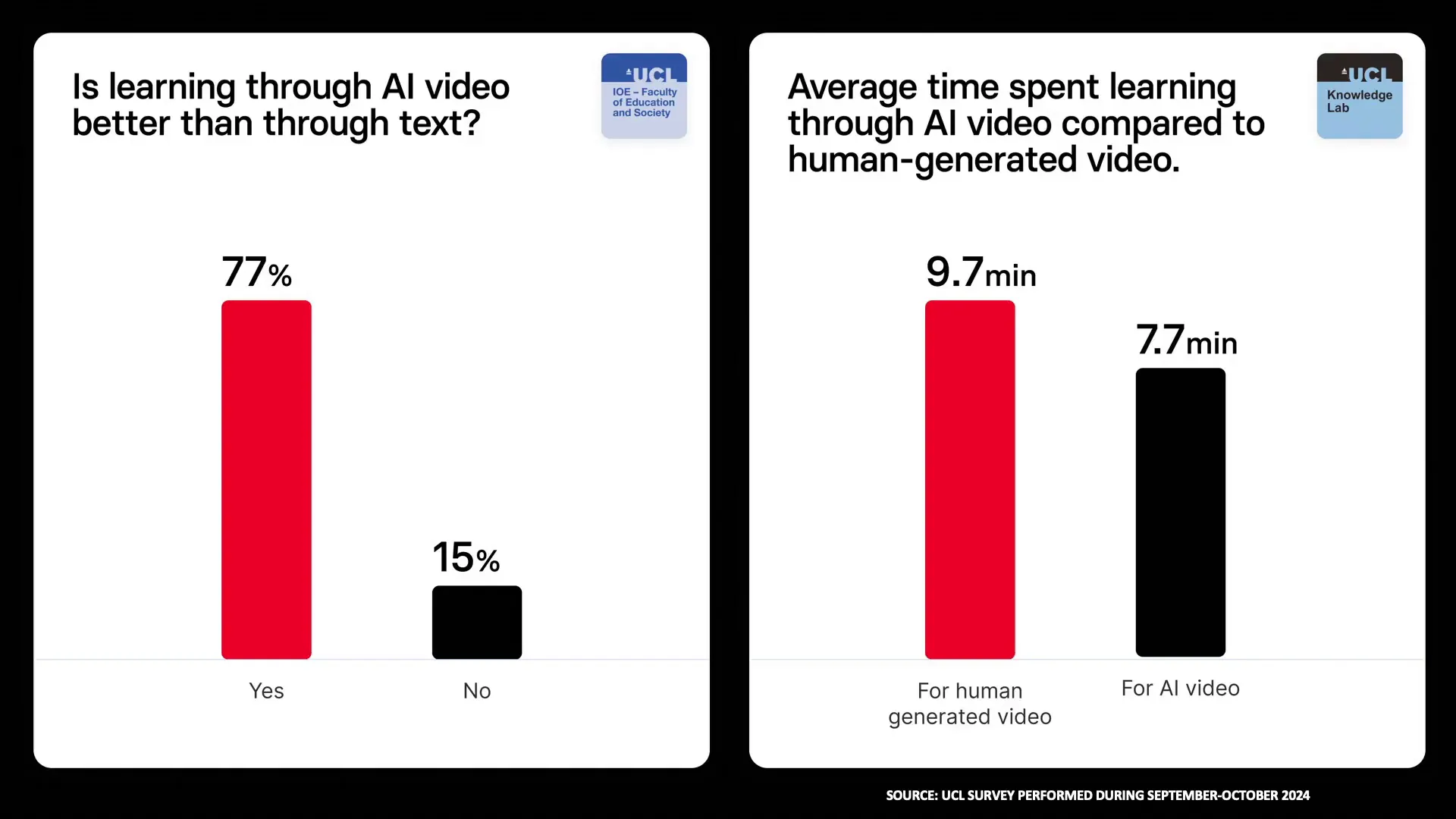
The Future of AI Media Formats
The future of media formats is undoubtedly intertwined with AI advancements. Currently, most AI-generated content resembles traditional formats, creating what could be described as a "bridge genre." However, as technology evolves, we will likely see the emergence of entirely new media formats that are interactive and personalized.
Imagine a learning assistant that adapts to your preferences, curating content in real-time based on your interests. This kind of personalized media experience is not just a possibility; it's on the horizon. As creators, we will have the tools to craft unique narratives that resonate with individual audiences.
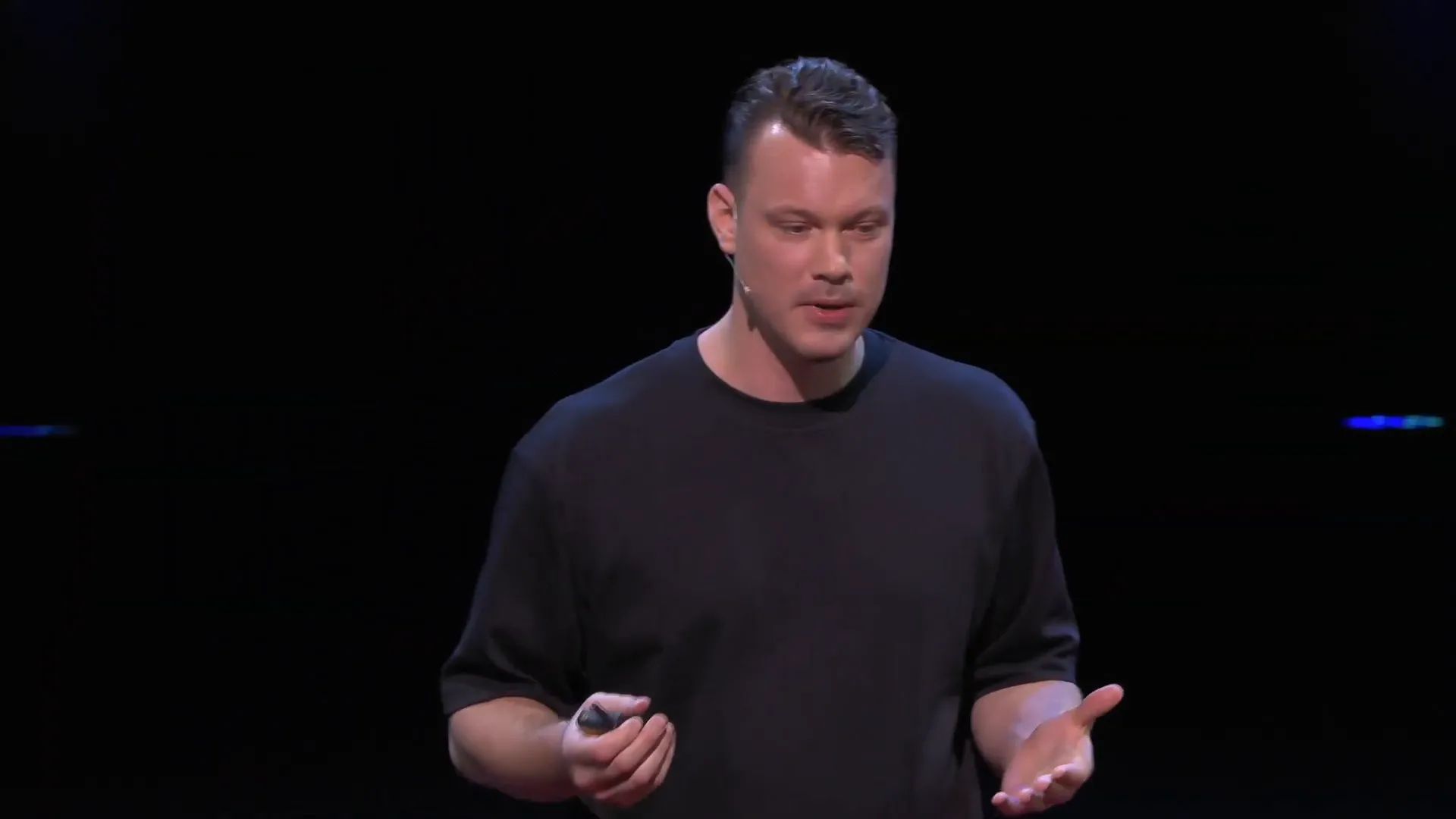
Personalized and Interactive Learning Experiences
Personalization and interactivity are set to redefine how we learn and engage with content. With AI, educational content can be tailored to individual learning styles and preferences. For instance, children could have their favorite celebrities teaching them math, making the learning experience fun and relatable.
This shift towards personalized content not only enhances engagement but also improves retention. As we embrace these technologies, the traditional one-size-fits-all approach to education will become a relic of the past.

A New Era of Entertainment
The entertainment landscape is also on the brink of transformation. Interactive films and series, shaped by viewer preferences, will soon become commonplace. This evolution mirrors the endless stories we encounter on social media platforms, where content is continuously tailored to our tastes.
As we integrate AI into entertainment, the lines between creator and audience will blur. Viewers will not only consume content but also influence its direction, creating a more engaging and participatory experience.
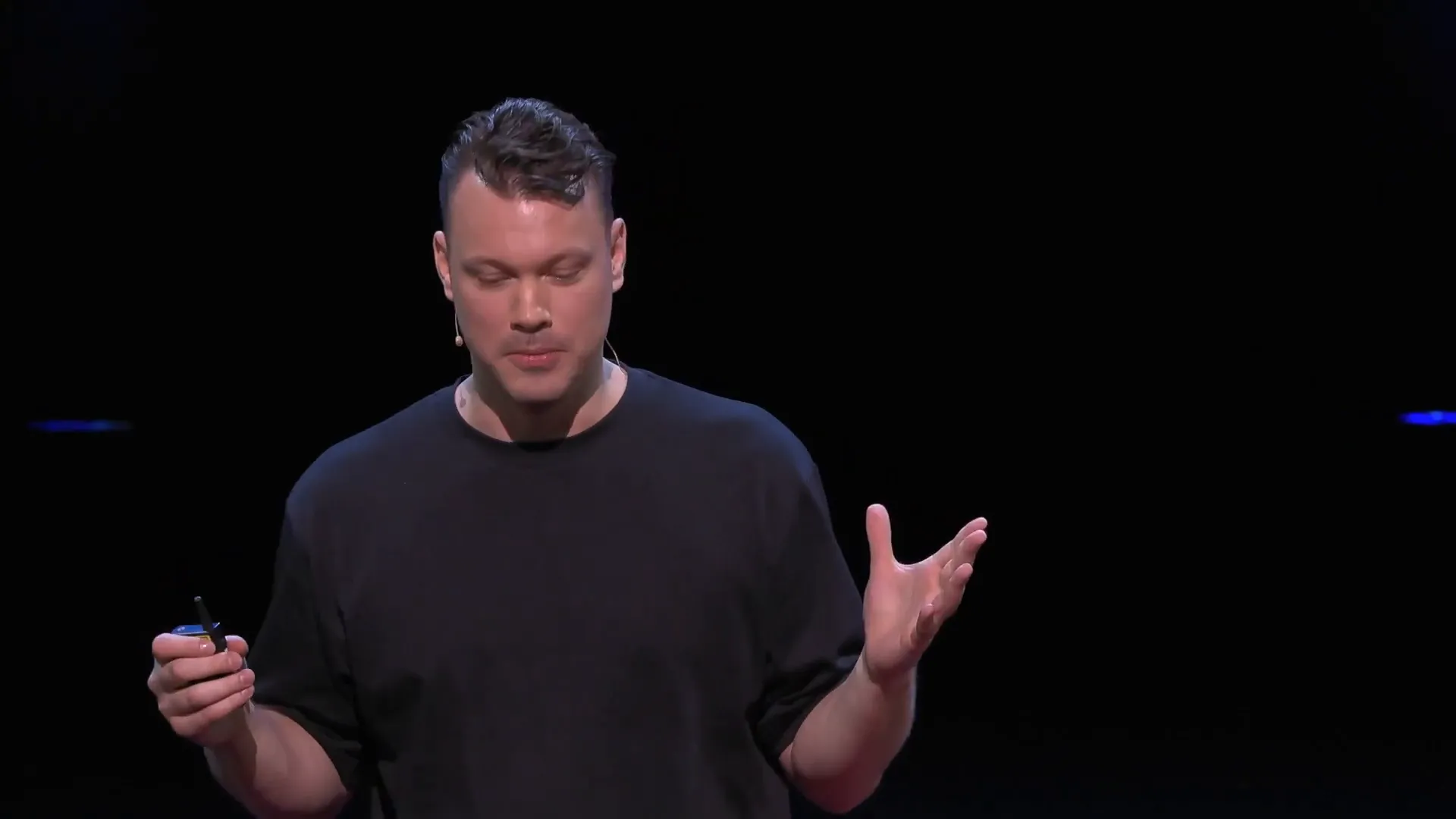
Ethical and Societal Implications
With great power comes great responsibility. The rise of AI-generated content raises ethical and societal questions that we must address. For instance, how do we navigate the implications of AI-generated personalities in entertainment and education? Will we trust content created by AI as much as that produced by humans?
As we delve into these technologies, it's crucial to establish guidelines and ethical standards to ensure that innovation serves the greater good. We must consider the potential impact on employment, creativity, and the authenticity of our interactions.
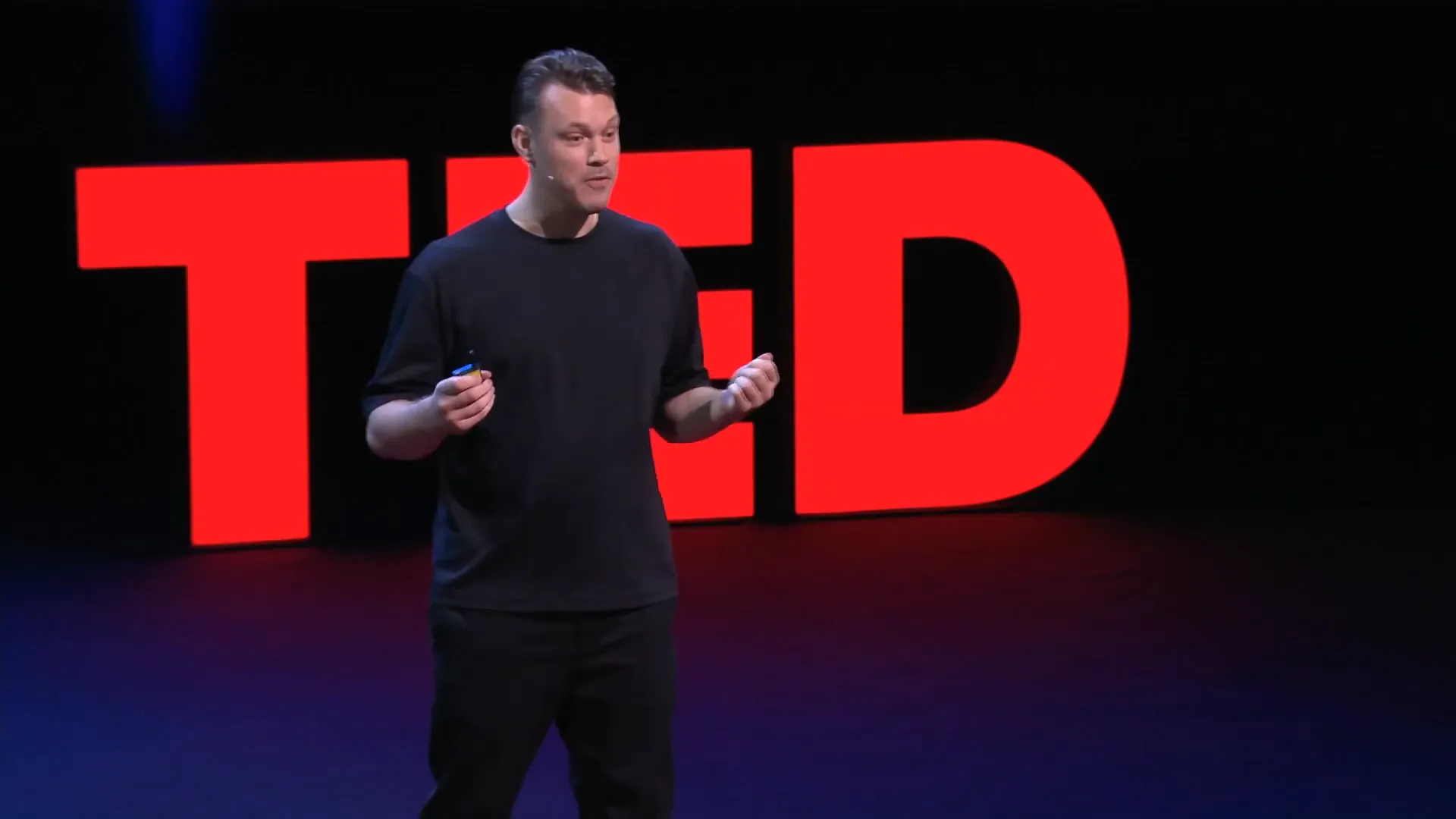
Provocative Questions for the Future
As we look ahead, several provocative questions emerge regarding the future of AI in content creation:
- Do we care if our content is AI-generated or not?
- Will we prefer AI avatars over human interactions in customer service or education?
- How will our perception of authenticity change as AI-generated characters become increasingly lifelike?
- Will we trust AI agents to provide accurate information, or will we always prefer human interaction?
These questions challenge us to reflect on our values and the direction in which we are headed as a society. The answers may define the future of communication and content creation.
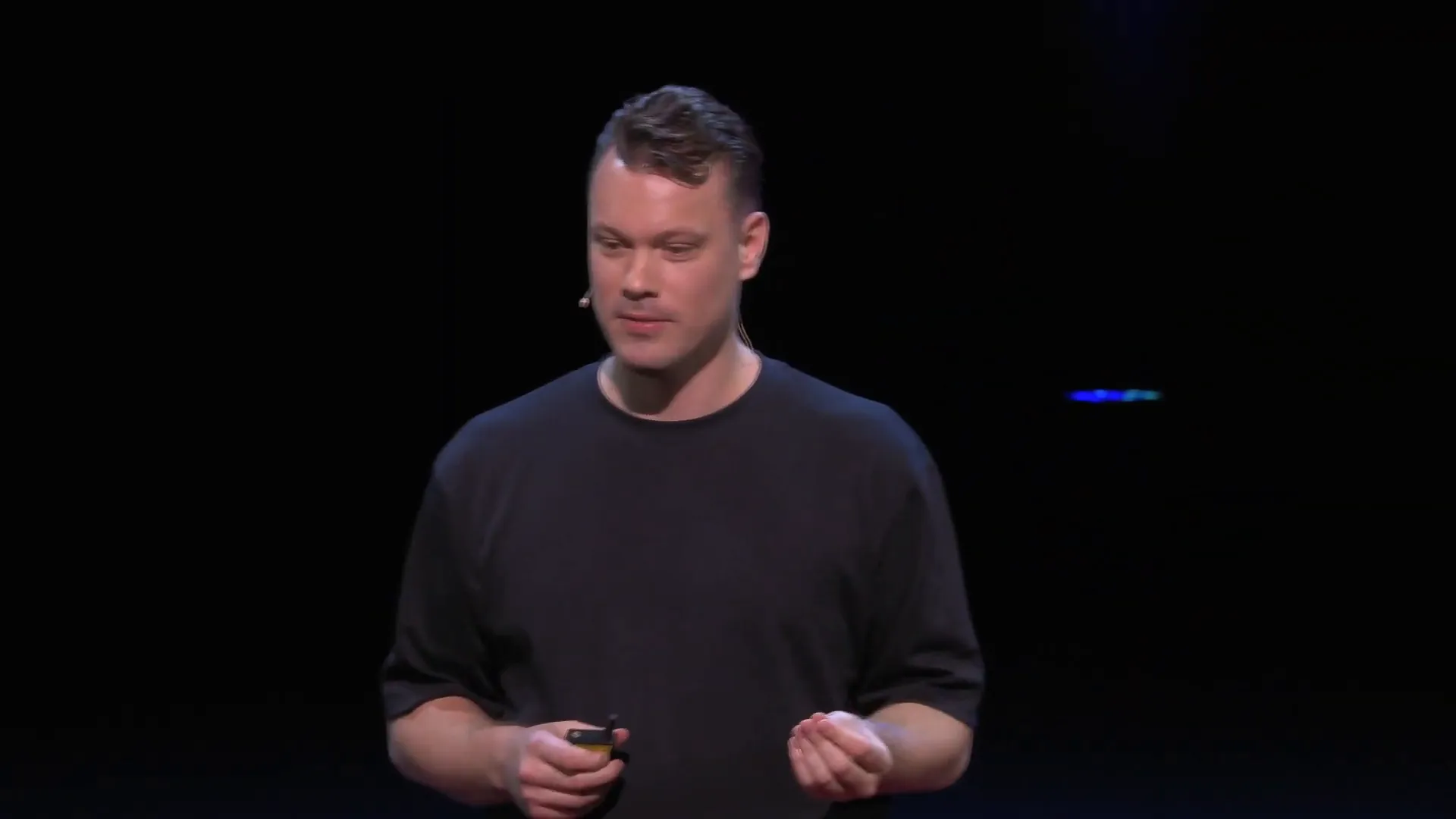
Conclusion: Building an Awesome Future
The future of communication and content creation is bright, filled with possibilities that we are just beginning to explore. As we harness the power of AI, we have the opportunity to create a more inclusive, engaging, and innovative landscape for learning and entertainment.
At GFunnel, we are committed to supporting this transformation by providing the tools and resources necessary for creators to thrive. Together, we can build a future where everyone has the chance to share their stories and ideas in ways that resonate with audiences around the world.
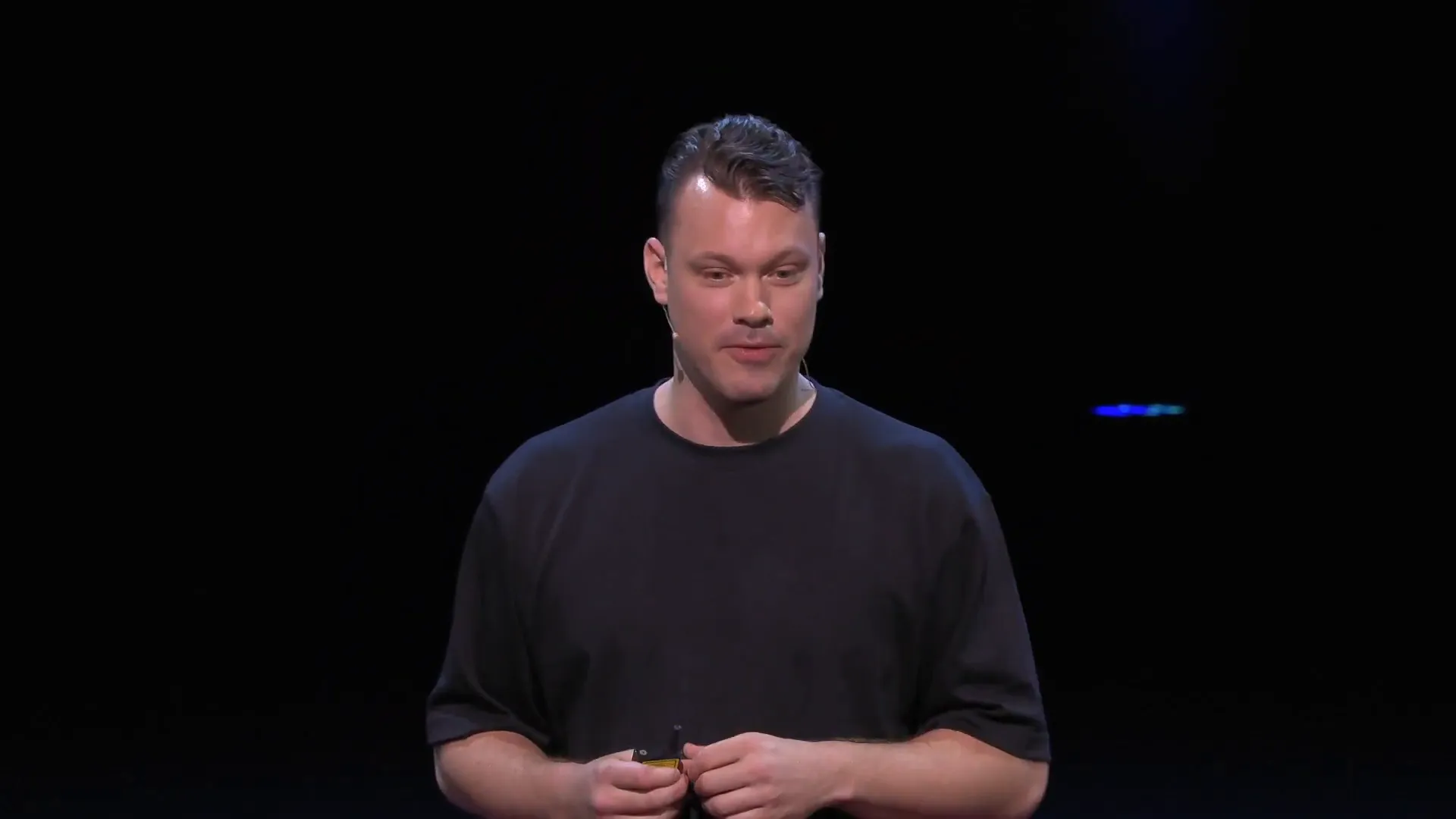
FAQ
Q: How can I get started with video content creation using AI?
A: Platforms like GFunnel offer various tools and resources to help you create high-quality video content easily. You can explore our courses and communities to connect with other creators.
Q: What are the benefits of using AI in content creation?
A: AI enhances efficiency, reduces costs, and democratizes the content creation process, making it accessible to everyone regardless of their technical skills.
Q: Will traditional text formats become obsolete?
A: While text will likely remain relevant for some time, the trend towards video and interactive media suggests that text may become less dominant in communication and education.
Q: How can I ensure ethical use of AI in my content?
A: It's essential to stay informed about the ethical implications of AI technologies. Engage in discussions, seek guidelines, and prioritize transparency in your content creation process.